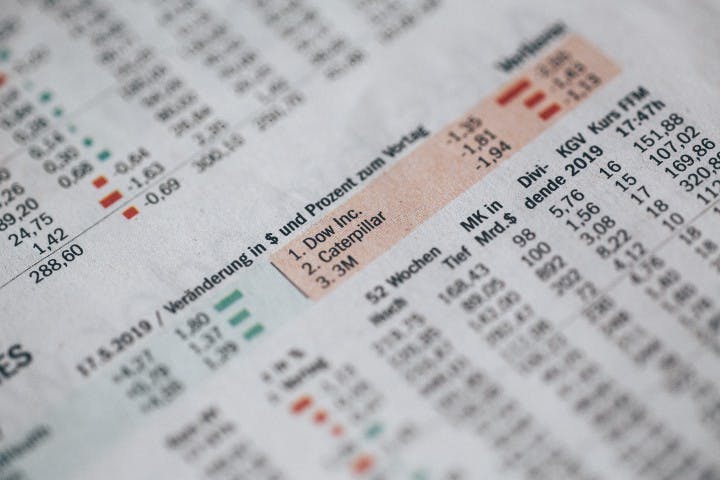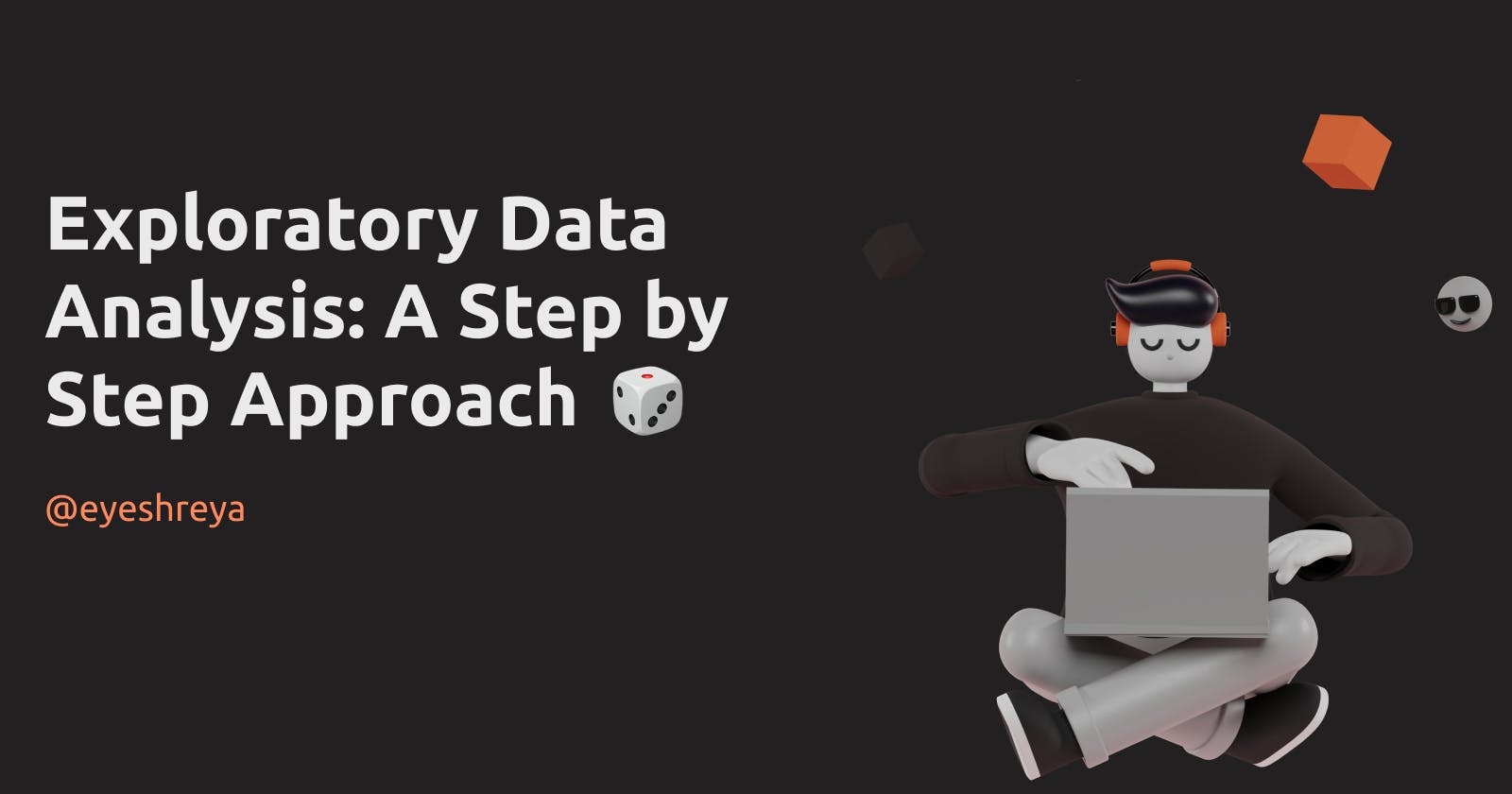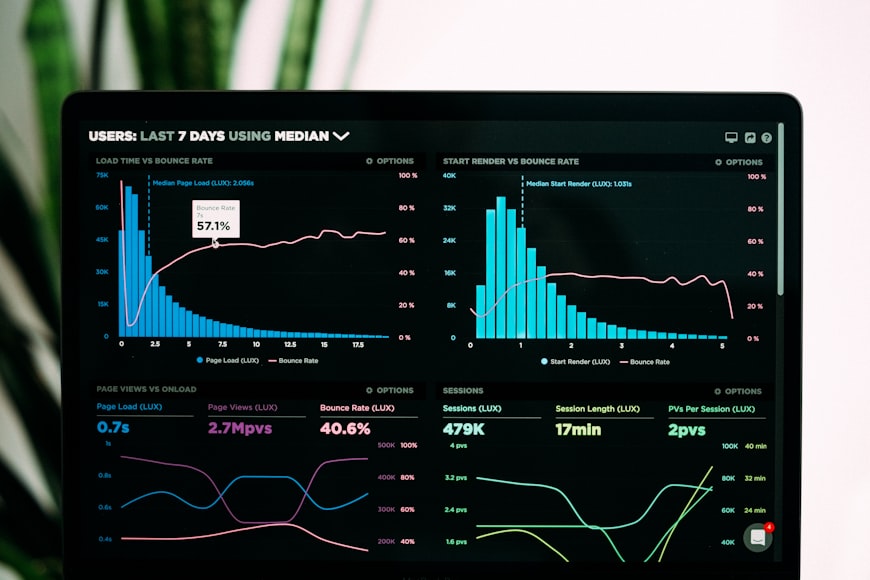Table of contents
No headings in the article.
Exploratory data analysis (EDA) is a method of analyzing and understanding data to gain insight and identify patterns, trends, and relationships within the data through visualizations and statistical techniques.
The main goal of this analysis is to understand the trends and identify any potential issues or outliers that may need to be addressed before building models or making predictions.
By performing EDA, analysts can make informed decisions about the data, identify areas that require further exploration, and ensure that the final model is robust and accurate.
It is a crucial step in the data science process as it allows analysts to:
Gain a deeper understanding of the data they are working with.
Identify patterns and correlations.
Identify outliers that may need to be addressed before building models or making predictions.
Additionally, EDA is an iterative process, it can be done multiple times to dig deeper into the data and make sure that the final model is robust and accurate.
Let us now deep dive into the step-by-step approach to performing EDA:
1. Define the problem 🎲:
The first step in the exploratory data analysis process is to clearly define the question or problem you want to investigate. This will guide the data collection process and ensure that you are gathering the necessary data to answer your question.
Once you have defined the problem, you can gather the relevant data from various sources such as databases, spreadsheets, or external data sets (Kaggle, GitHub).

2. Clean and organize the data 🧹:
Once you have collected the data, it is important to clean and organize it to ensure that it is ready for analysis. This step involves removing any missing or irrelevant data, correcting any errors, and organizing the data in a way that makes it easy to work with. This might include:
Removing any missing/ irrelevant data
Sorting the data
Creating new columns
Merging multiple data sets, etc

3. Univariate Analysis 🧮:
This step involves analyzing each variable individually to understand the distribution of the data and identify any outliers or anomalies. You can use statistical measures such as mean, median, mode, and standard deviation to describe the data, and visualizations such as histograms, box plots, and scatter plots to help you understand the distribution of the data.
You can use statistical measures to describe data:
- mean, median, mode, standard deviation, etc.
Data viz. to understand the distribution:
- histograms, boxplots, scatterplots, etc.
4. Bivariate Analysis 🔍:
Bivariate analysis allows you to analyze the relationship between pairs of variables.
- Useful for identifying patterns or correlations in the data. Visualizations such as scatter plots, line plots, and bar charts help you understand the relationship b/w variables.
5. Multivariate Analysis 📉:
Multivariate analysis allows you to analyze the relationship among multiple variables.
Helps you gain a deeper understanding of the data and identify any trends or patterns.
Use techniques such as principal component analysis, factor analysis, and cluster analysis to conduct multivariate analysis.
6. Data visualization 🧙♂️:
Once you're done with data analysis, it's time to be a data wizard and create some visuals to get some deeper insights and communicate your findings. 🧙♂️
Data visualization is an important step in the exploratory data analysis process. It allows you to better understand the data and communicate your findings to others.
- Use data viz libraries such as Matplotlib, Seaborn, Plotly and Bokeh to create scatter plots & heat maps.
7. Draw conclusions and identify the next steps 🎯:
Once you have completed the exploratory data analysis, you should summarize your findings, draw conclusions, and identify any next steps for further analysis or investigation.
This step allows you to make sense of the data and determine what additional analysis or research is needed to answer your initial question or problem.
To conclude, Exploratory Data Analysis (EDA) is an invaluable step in the data science process that allows analysts to gain a deeper understanding of the data, identify patterns and correlations, and identify outliers that need to be addressed before building models or making predictions.
By following a step-by-step process, analysts can make sense of the data and explore new possibilities to answer questions and solve problems.
Thanks for reading! 👋

